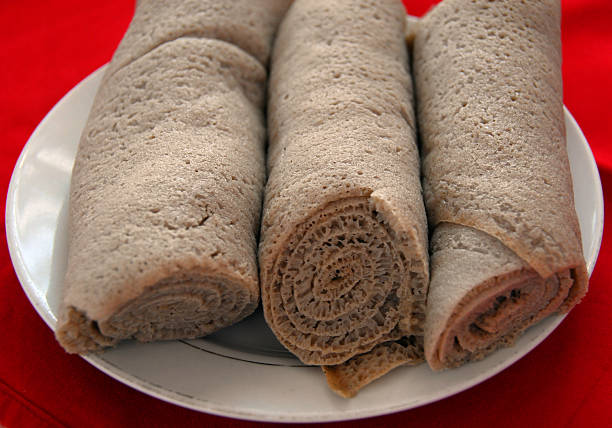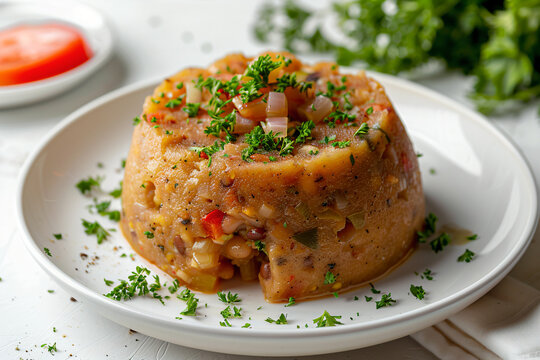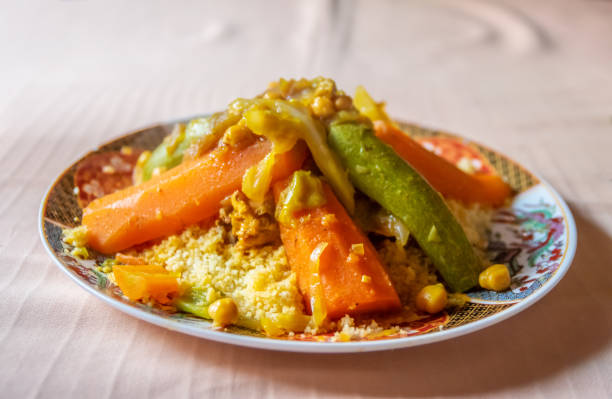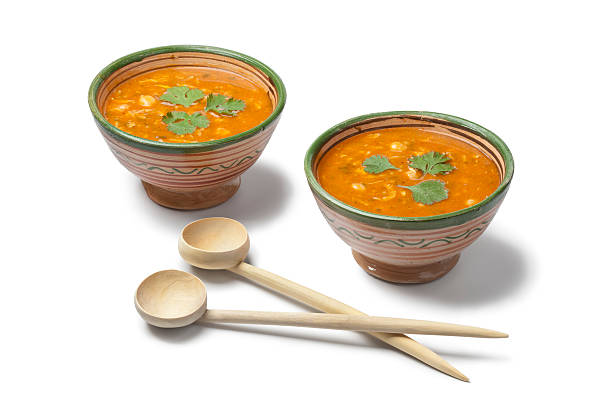Injera, a traditional Ethiopian and Eritrean flatbread, is not only a staple in East African cuisine but also stands out for its unique nutritional profile. Made primarily from fermented teff flour, injera offers a range of essential nutrients that contribute to its value as a wholesome and culturally significant food.

Teff, the main ingredient in injera, is a tiny, gluten-free grain rich in various nutrients. One of the notable nutritional components of teff is its high fiber content. Injera, being predominantly teff-based, provides a significant amount of dietary fiber. Fiber is essential for digestive health, promoting regular bowel movements and preventing constipation. Including injera in one’s diet contributes to maintaining a healthy gastrointestinal system.
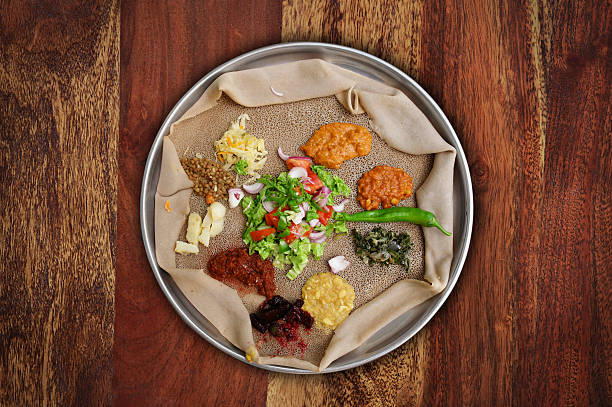
Injera is also a source of plant-based protein. While it may not be as protein-dense as some legumes or animal products, the combination of teff and the fermentation process enhances the protein content, making it a valuable component of a vegetarian or vegan diet. Adequate protein intake is crucial for various bodily functions, including muscle maintenance and repair.
Furthermore, injera is rich in essential minerals such as iron and calcium. Iron is essential for oxygen transport within the body and the prevention of anemia, while calcium supports bone health. These minerals are particularly important for individuals following plant-based diets or those looking to diversify their nutrient intake.

The fermentation process involved in making injera contributes to its nutritional value. Fermentation not only enhances the flavor but also promotes the bioavailability of certain nutrients. It can increase the levels of B vitamins, including B vitamins like folate, which is important for cell division and the prevention of neural tube defects during pregnancy.
Injera’s low glycemic index is another nutritional benefit. The slow absorption of carbohydrates from teff can help regulate blood sugar levels, making it a suitable choice for those with diabetes or those aiming to manage their blood sugar.
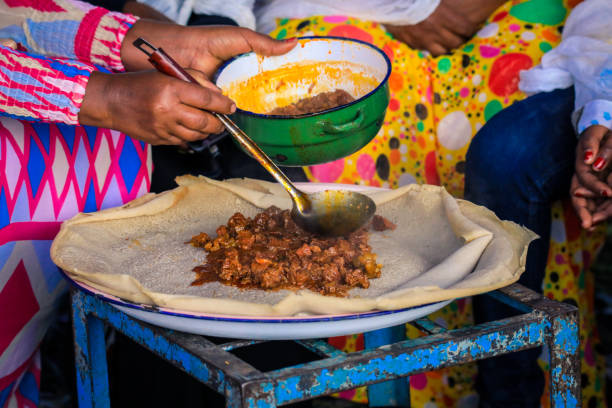
Additionally, injera serves as a base for various dishes, often accompanying stews and vegetables. This combination of injera with a variety of toppings adds to its nutritional diversity, ensuring a balance of macronutrients and micronutrients in a single meal.
While injera is a nutritious food, it’s essential to consider individual dietary needs and preferences. The variety of injera recipes and regional variations can impact its nutritional content. As with any food, moderation and a well-rounded diet are key to achieving optimal nutrition.

In conclusion, injera offers a unique blend of fiber, protein, vitamins, and minerals, making it a valuable and culturally significant food in East African cuisine. Its nutritional richness, combined with its versatility in accompanying various dishes, positions injera as a wholesome and integral part of a diverse and balanced diet.

